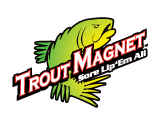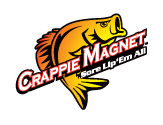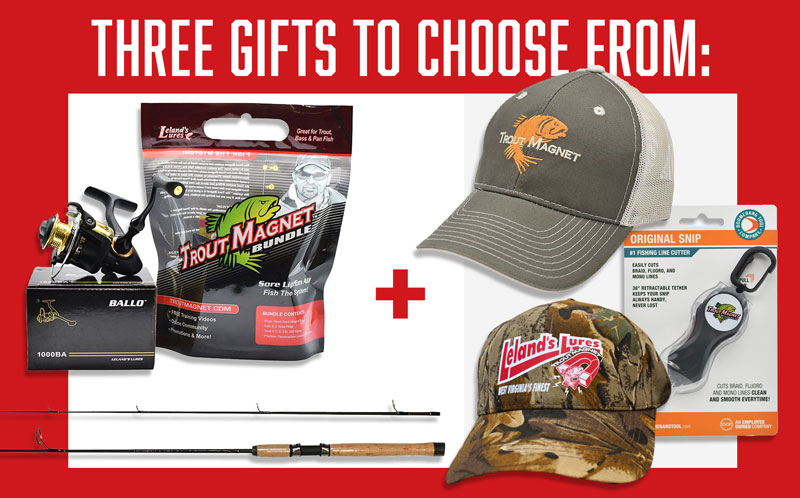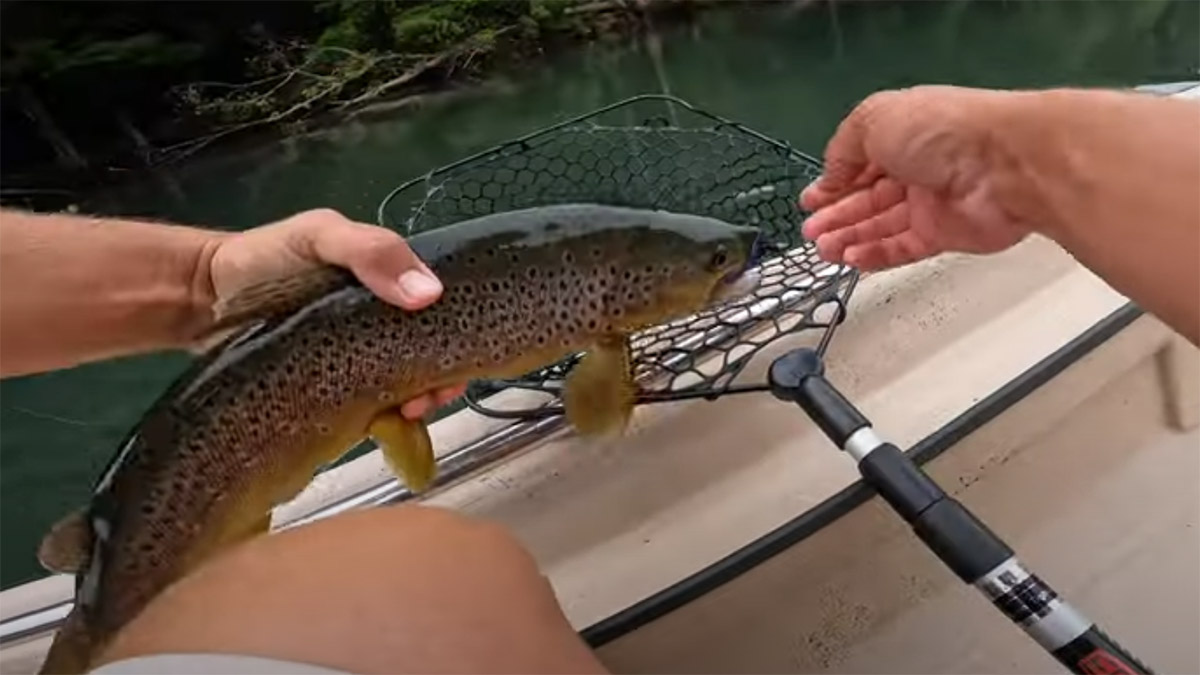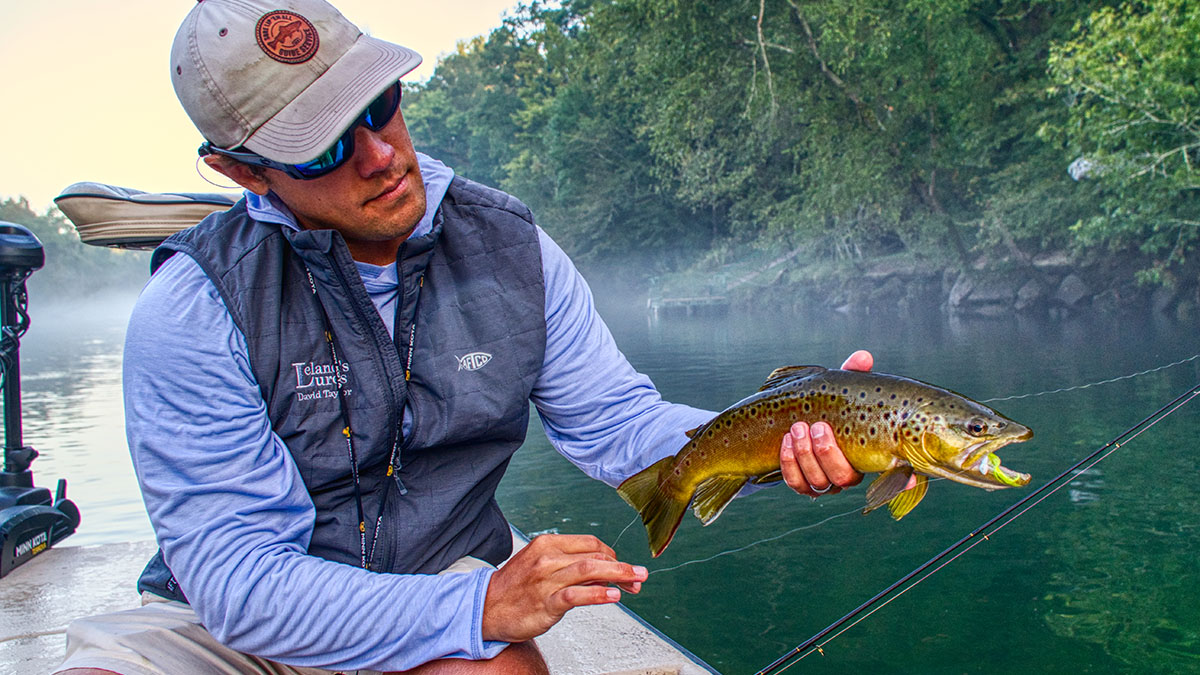Anglers can employ a plethora of techniques and lures in various locations to catch trout. Everything from fly fishing to live bait fishing works, and of course numerous conventional artificial lures will fool a lot of rainbow and brown trout. However, we are partial to jigs, especially soft plastics like our Trout Magnet and hair jigs likes our D2 Jig.
The D2 Jig, designed by the Dudleys, is an absolute game changer when it comes to marabou hair jigs for trout. You can fish it aggressively or subtly and it can trigger trout in deep and swift water like few other lures or flies can.
The video above with JD Dudley details how we fish it, the gear we use and much more from the man himself, but we've listed our ideal setups and other information below as well.
BEST GEAR FOR FISHING HAIR JIGS FOR TROUT
For line, some anglers fine ultralight monofilament lines like 2-pound SOS Trout line is the ticket. While others prefer a small diameter braid with a fluorocarbon leader. But both do so for the same reasons. You want a very small diameter line so that the bait has the most natural fall after you rip it up.
With 2-pound mono or 8 to 10-pound braid with a 4-pound fluorocarbon leader, your narrow line does not inhibit the baits spiraling fall. Not all hair jigs will fall with the spiral like the D2 Jig does and that's why it is so much more productive than any other hair jig out there. It triggers fish on small hop off the bottom, subtle twitches and solid strokes in deeper faster waters.
With the D2 Jig, light line will give the jig so much more action on the fall and that is where almost all of your strikes will come. The more you can hop the jig and get it to fall close to the bottom. You want to only hop it up enough to get a fish's attention but keep the jig down near the bottom so that you are in front of more trout.
This is helped by using a 6 to 7-foot light action rod with a little backbone. The SLS (Sore Lip Series) rod was specifically designed for fishing a D2 Jig and will not wear you out jerking a jig all day on your floats down the river. And it has plenty of power and load to play down the biggest of trout for you. We've landed numerous trout over 20 inches on these rods with no issue.
A 500 to 1000 size spinning reel with a good smooth drag is our recommendation. If you stick with the quality brands like Shimano, Daiwa, Abu Garcia, and Pflueger, you really can't go wrong.
HOW TO FISH HAIR JIGS
We like to fish the D2 Jig either around likely ambush spots near the bank or out in deeper waters where big trout hunt food. Up shallow we will flutter the jig or give it smaller hops and in deeper water we will upsize our jigs up to 1/8 ounce and really give them a good rip, while making sure we let the jig get all the way back down as close to the bottom as we can without getting bogged down in the grass or rocks. Most trout are down near the bottom where grass and rocks deflect current and give them easy places to rest and feed without fighting the brunt of the current.
Fishing a hair jig is all about controlled slack. A lot of people will reel too much or hop the jig too much and keep it way up off the bottom. The key to a good presentation with hair jigs is getting that hair to flare and using jerks to create an impulsive behavior in the trout. So it's an attention grabbing rip followed by a pause to allow the jig to flutter its way back to the bottom.
In shallow waters the 1/32 and 1/16 ounce jigs are great. And in waters deeper than 5 or 6 feet, the 1/8 ounce jig really shines. Also if the current is pretty fast, a 1/8 ounce D2 Jig is hard to beat.
And a lot of times you can cast down stream, with quartering casts and then hop the jig against the current and keep the jig moving without leaving the area. If you find trout piled up in one deep hole, this can be the ticket to catching numbers of trout. So don't be in a rush to get the jig back in as fast as possible. Give it some action but follow it up with a lot of pauses and try to keep that jig in the fish's strike zone as long as possible.
